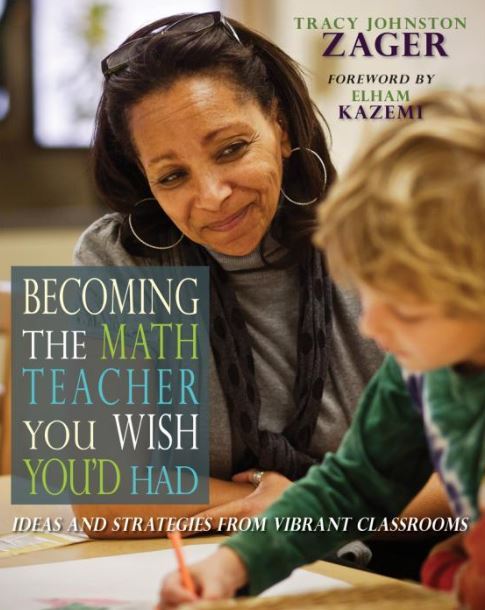Becoming the Math Teacher You Wish You'd Had Book Study:
PROMPTS AND RESPONSES
This book study has been completed. Thanks to everyone who participated!
Instructions: [Please register before responding to the prompts below.] Please read the prompts for each chapter and add your thoughts and comments below. Please keep your entries professional and respectful. Use the reply option if you have a question or comment on someone else's post. We can make this an interactive space - an ongoing conversation - and get the most out of our learning together. Starting October 30, 2020, each Friday, we will post prompts for that week’s chapter. It's okay to go back to previous weeks if you fall behind. |
Book Study Prompts and Responses:
